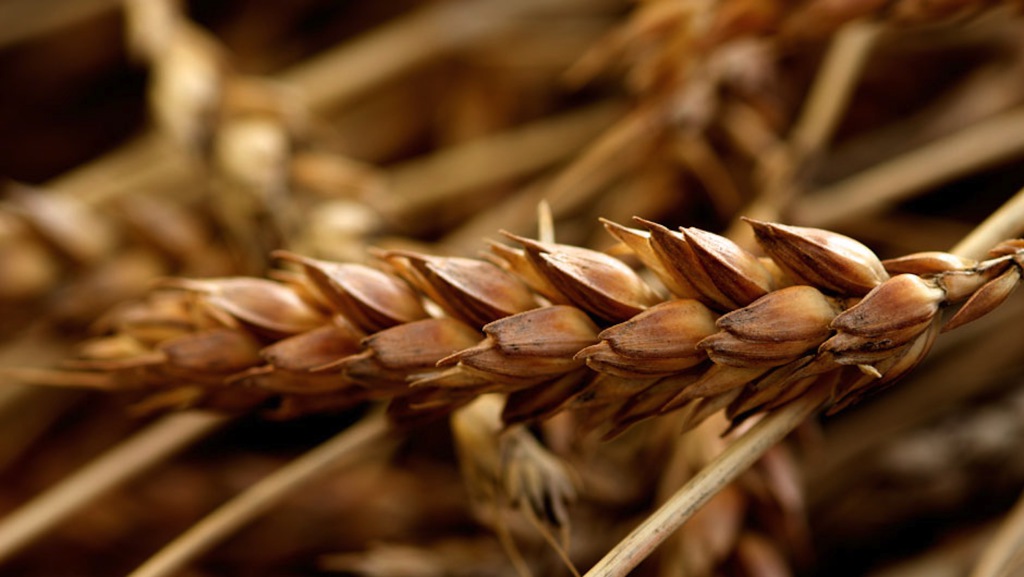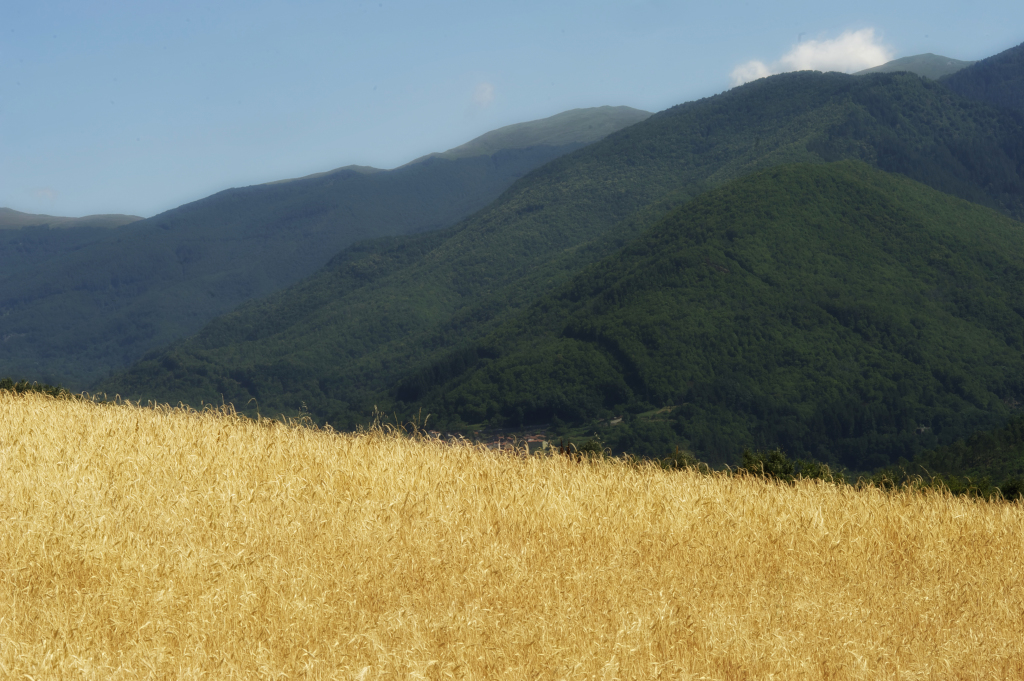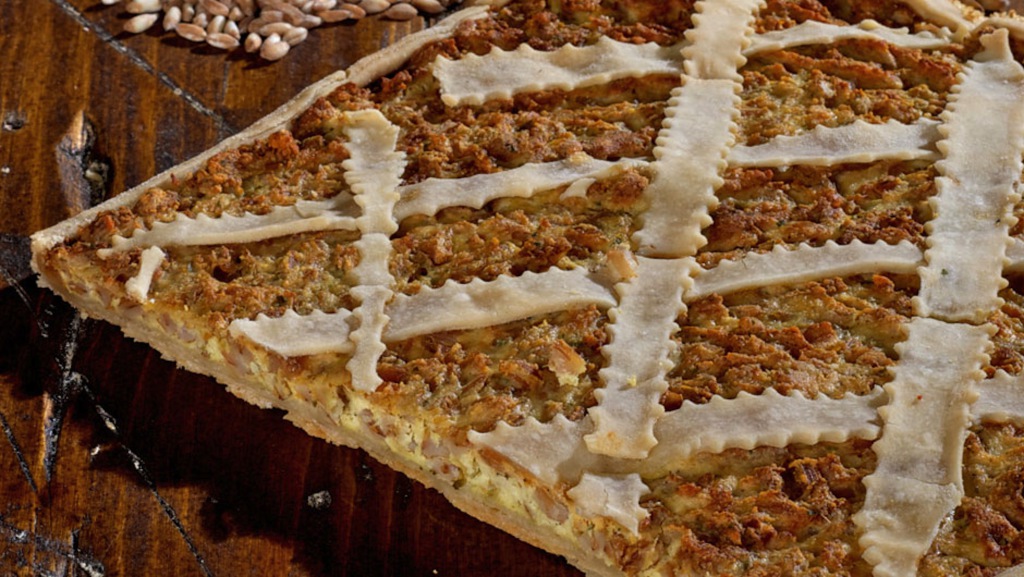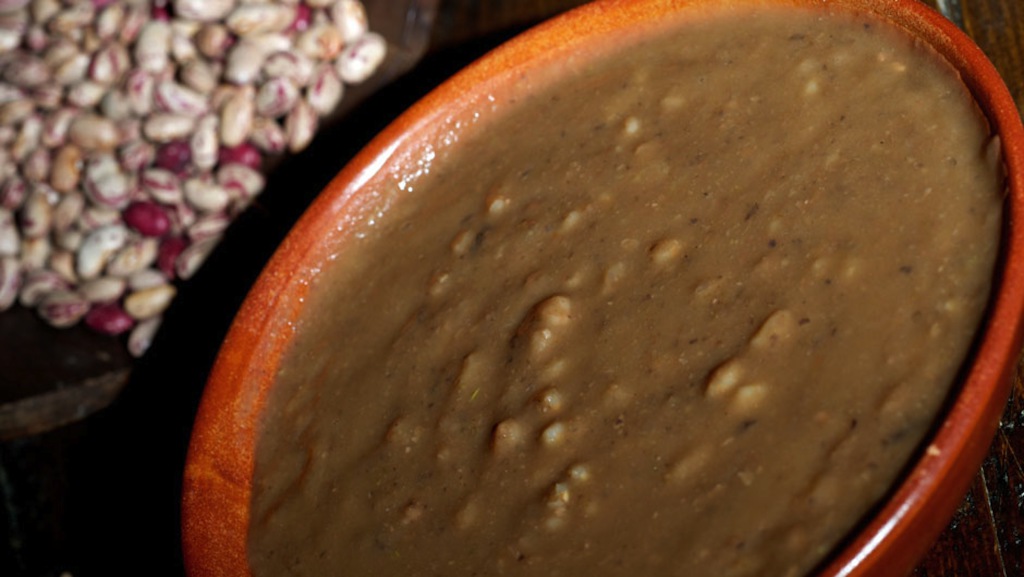 Spelt is a tasty, versatile, scented cereal which comes from Mesopotamia and Egypt. It is the oldest among the cereals which reached us and is considered the ancestor of wheat. When the habits concerning diet changed and therefore those foods considered as ‘poor’ were left, and, above all, when new wheat varieties, so-called ‘naked’, that is without an outer protection, were introduced, spelt was confined in smaller and smaller lands. In Italy, it found its natural habitat in the hills of central Italian Apennines.
Spelt is a tasty, versatile, scented cereal which comes from Mesopotamia and Egypt. It is the oldest among the cereals which reached us and is considered the ancestor of wheat. When the habits concerning diet changed and therefore those foods considered as ‘poor’ were left, and, above all, when new wheat varieties, so-called ‘naked’, that is without an outer protection, were introduced, spelt was confined in smaller and smaller lands. In Italy, it found its natural habitat in the hills of central Italian Apennines.
Curiosities from ancient times
 Spelt was grown in Italy since the Bronze Age, as it was evidenced by the discovery of some seeds of this cereal among ‘ice mummy (that is, man of Similaun)’s’ clothes. ‘Puls’, also called ‘farratum’, was a traditional and well-wishing dish, a sign of abundance and fertility, offered to newlyweds, as well as a substantial part, alongside with salt, of the wages drawn by Roman centurions. Salt and spelt were offered to all rural Gods, especially to Demeter, goddess of the earth, in order to propitiate a good harvest during the ‘Ides of March’. In the Bible, too (Ezekiel 44,30), spelt is quoted with its Jewish name ‘Arisab’.
Spelt was grown in Italy since the Bronze Age, as it was evidenced by the discovery of some seeds of this cereal among ‘ice mummy (that is, man of Similaun)’s’ clothes. ‘Puls’, also called ‘farratum’, was a traditional and well-wishing dish, a sign of abundance and fertility, offered to newlyweds, as well as a substantial part, alongside with salt, of the wages drawn by Roman centurions. Salt and spelt were offered to all rural Gods, especially to Demeter, goddess of the earth, in order to propitiate a good harvest during the ‘Ides of March’. In the Bible, too (Ezekiel 44,30), spelt is quoted with its Jewish name ‘Arisab’.
An exclusive land
 Garfagnana, a land of Tuscany among Alps, hills of Lucca, and mountains of Emilia, is the only area which, thanks to a strong agricultural tradition and a protected natural environment, has continued to produce and market spelt over the centuries. So, it is pre-eminently the Italian land of production of this cereal. It is grown on lands up to 1.000 meters above sea level, it is harvested during summer and still processed with simple machines. The eco-friendly agriculture is typical of this area, which is a popular tourist destination, as well as a base for exploring the rest of Tuscany. Its location is strategic, among sea, mountains, and art cities, and retains some of the most appetizing gastronomic traditions of Tuscany.
Garfagnana, a land of Tuscany among Alps, hills of Lucca, and mountains of Emilia, is the only area which, thanks to a strong agricultural tradition and a protected natural environment, has continued to produce and market spelt over the centuries. So, it is pre-eminently the Italian land of production of this cereal. It is grown on lands up to 1.000 meters above sea level, it is harvested during summer and still processed with simple machines. The eco-friendly agriculture is typical of this area, which is a popular tourist destination, as well as a base for exploring the rest of Tuscany. Its location is strategic, among sea, mountains, and art cities, and retains some of the most appetizing gastronomic traditions of Tuscany.
In Garfagnana more than 100 hectares are cultivated with this cereal, for a total production of more than 1.200 quintals. The Production Regulations for IGP Garfagnana Spelt allows at the most a production of 25 quintals per hectare, which are reduced to no more than 15 quintals after processing. The municipalities with the greatest productions are Piazza al Serchio, San Romano, and Giuncugnano, where the widest cultivated surfaces are concentrated. Today spelt is very important for local economy: about 90 companies are involved in the cultivation of spelt. Their average size is very limited: many companies cultivate less than one hectare, while about 10% cultivate more than three hectares.
 It is especially suitable for preparing savoury pies, but it is mainly used as an ingredient for soups. In addition, it is possible to use it for any dish instead of rice and pasta. Its flour is used for preparing pastas, cakes, and biscuits, whose main features are always a full flavour and digestibility. It is important that it requires neither pesticides nor fertilization and for this reason it is basically an organic product, without polluting elements
It is especially suitable for preparing savoury pies, but it is mainly used as an ingredient for soups. In addition, it is possible to use it for any dish instead of rice and pasta. Its flour is used for preparing pastas, cakes, and biscuits, whose main features are always a full flavour and digestibility. It is important that it requires neither pesticides nor fertilization and for this reason it is basically an organic product, without polluting elements .
. 